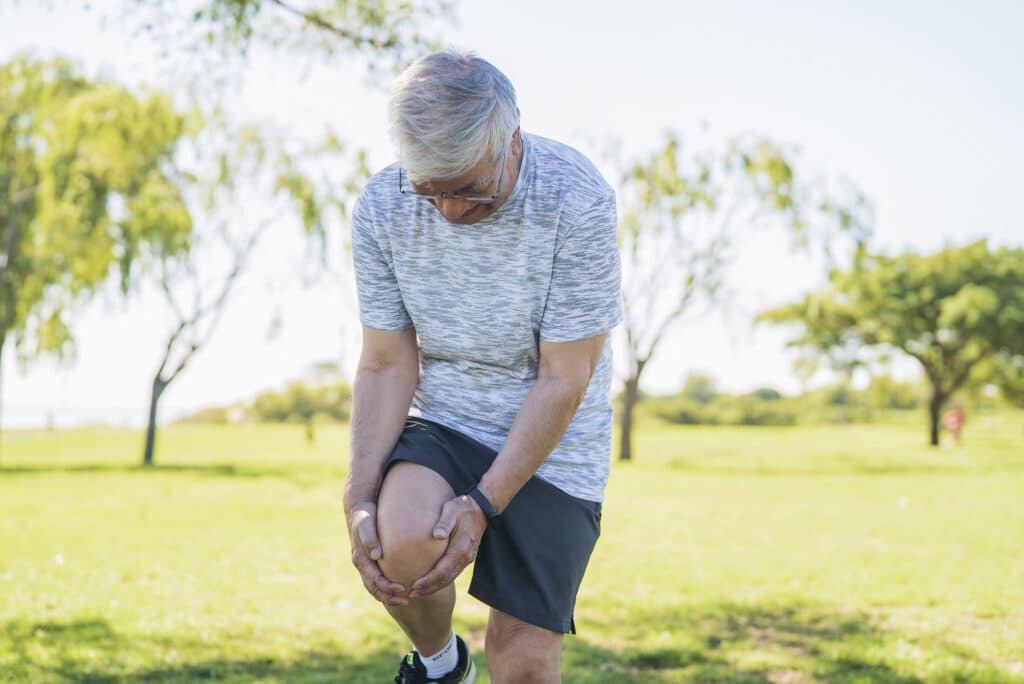
IT band syndrome is a common condition that affects many athletes, runners, and active individuals. It is a painful condition that can cause discomfort and limit mobility in the knee and hip area. Many factors contribute to this condition, including overuse, poor biomechanics, and muscle imbalances. One of the questions that people with IT band syndrome often ask is whether the pain is worse at night. In this blog post, we will explore this question and provide some insight into why you may be experiencing more pain at night.
The answer to whether IT band syndrome hurts more at night is not straightforward. Some individuals do experience an increase in pain during the evening hours while others do not. However, there are several reasons why someone with IT band syndrome may experience more pain or discomfort at night.
Firstly, when you lie down to sleep, your body weight is distributed differently than when you are standing or moving around during the day. This change in weight distribution can put added pressure on the knees and hips which can exacerbate symptoms of IT band syndrome. Additionally, when lying down, your muscles may become tighter due to being in a static position for a prolonged period of time. This tightness can make it more difficult for blood flow to circulate properly which can result in increased inflammation and pain.
Another factor that may contribute to increased nighttime pain with IT band syndrome is lifestyle habits such as sitting for extended periods throughout the day without any breaks or movement. Sitting for long periods puts tension on your hip flexors which can lead to tightness in your IT band as well as your glutes and hamstrings causing even more stress on the knee joint.
It’s important to note that everyone’s experience of IT band syndrome is different – some people may find relief from their symptoms while sleeping because they get adequate rest which helps reduce inflammation and pain. That being said, if you are experiencing an increase in IT band syndrome symptoms at night, there are some things that you can do to help alleviate the discomfort.
One of the most effective ways to relieve IT band syndrome pain is to stretch and foam roll regularly. Stretching helps to loosen up tight muscles and improve circulation, which can help reduce inflammation and irritation around the knee joint. Foam rolling on the other hand can help break up any adhesions or knots in your IT band that may be causing discomfort.
Another way to reduce nighttime pain is by adopting good sleep habits such as avoiding caffeine or alcohol before bedtime, ensuring a comfortable sleeping position that does not put too much pressure on your knees and hips, and using pillows between your legs when sleeping on your side.
Finally, it’s always best to seek professional advice from a physiotherapist or chiropractor who can provide tailored treatment plans that may include exercises such as strengthening exercises for weak hip muscles, manual therapy techniques such as joint mobilization or soft tissue massage designed specifically for the IT band syndrome.
In conclusion, while some individuals with IT band syndrome may experience more pain at night than others, there are several reasons why this may be happening. The key takeaway is that developing healthy lifestyle habits including stretching routines and sleeping positions along with consulting with a professional physiotherapist or chiropractor is essential in managing this condition effectively. By implementing these strategies into your daily routine you will have better control over your symptoms leading to more restful nights of sleep!
If you have any questions or would like to explore further, please book a free, no-charge online appointment with either myself, Nitin Nair, BPT, R/TRO DIP, PT, or another Kitchener physiotherapy practitioner at CARESPACE. We are happy to listen and are here to help!

